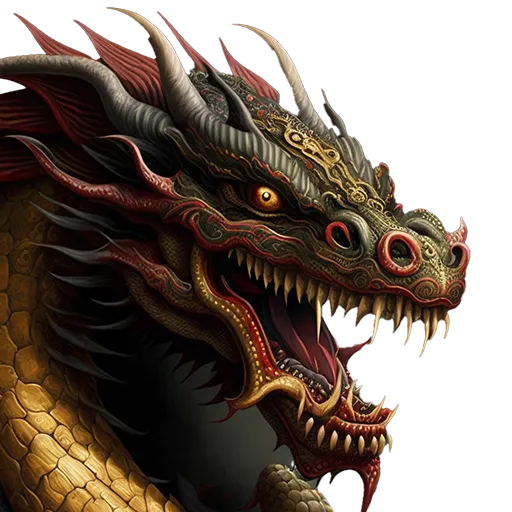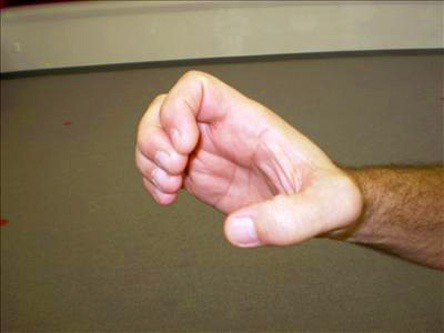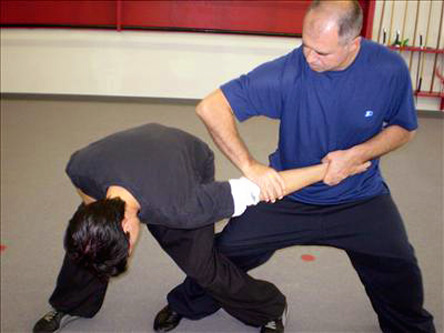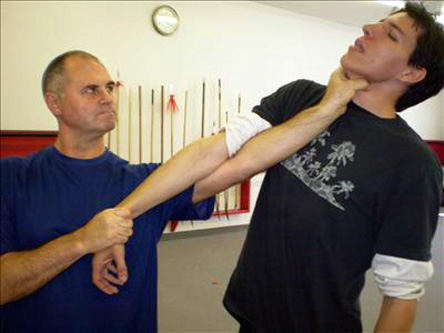Learn Qinna
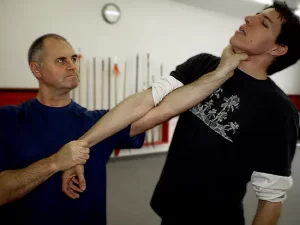
Known as the art of Seizing and Controlling, Qinna, also written as Qin Na or Chinn Na, is primarily known as the Chinese art of joint locking. Qin means to seize or catch, and Na means to hold or control.
Although Qinna techniques can be found in most Chinese martial arts systems, one style above all others is renowned for its highly specialized application of Qinna. This is Ying Zhao Fan Zi, better known in the West as Eagle Claw Kung Fu. Grandmaster Leung Shum calls his school Ying Jow Pai or Eagle Claw System.
There are four major categories of Qinna techniques: Fen Jin, Cuo Cu, Bi Qi, and Dian Xue.
Fen Jin: Separate the muscles
The techniques in the Fen Jin category deal with separating the muscles. Throughout the body, muscles adjoin, meet and overlap. It is at these points that the Eagle Claw can be applied to separate the muscles by applying pressing and pulling pressure.
Cuo Cu: Misplace the bones
The great body of techniques applied in Qinna deals with those in the Cuo Cu category. These techniques are usually applied to the joints of the human body, also known as articulations.
- A joint is a place where two bones come together
- A joint is classified based on the amount of movement it allows
When attacking a joint by manipulating it against its natural range of motion, the tendons that attach the muscle to the bone are also affected. This unnatural bending or twisting of the joint, combined with overstretched tendons, will cause pain. This pain can be controlled by maintaining or increasing the pressure that is applied against the joint.
Bi Qi: Stop the breath
The techniques of Bi Qi (stop or seal the breath) form a minor category in Qin Na. These are specialized techniques that attack the breathing passages, namely, the pharynx (the throat) and the trachea (the windpipe or Adam’s apple). The application of these techniques can also damage the larynx (the voice box).
Dian Xue: Attack the vital points
The ability to attack the vital points is the acme of Dian Xue. This is considered the most advanced and secretive aspect of Qin Na. Grandmaster Leung Shum taught the techniques only once, during the occasion of his 30th anniversary celebration, over an intensive training session for his most advanced students.
Benefits of Qinna
Most people become uncomfortable at close quarters and can even panic when they are grabbed. Qinna teaches you how to operate in close encounters with other people and how to counter any grab to your wrist, arm, throat or clothing. Qinna practice helps you develop self-confidence and enables you to overcome the fear of proximity to someone who may be threatening you.
